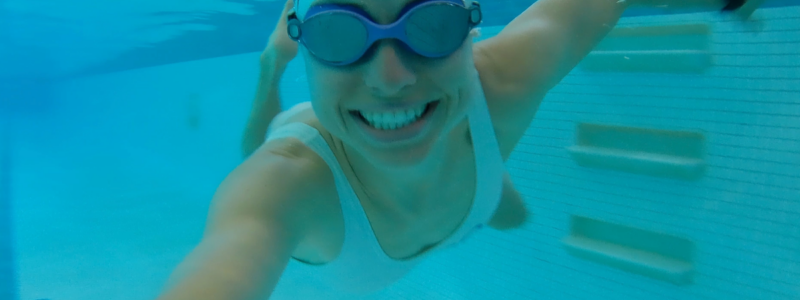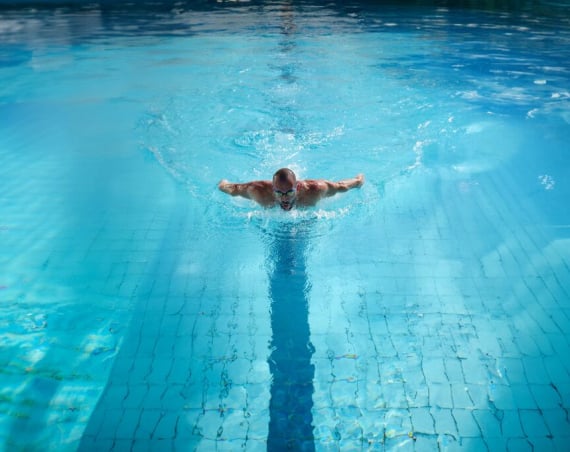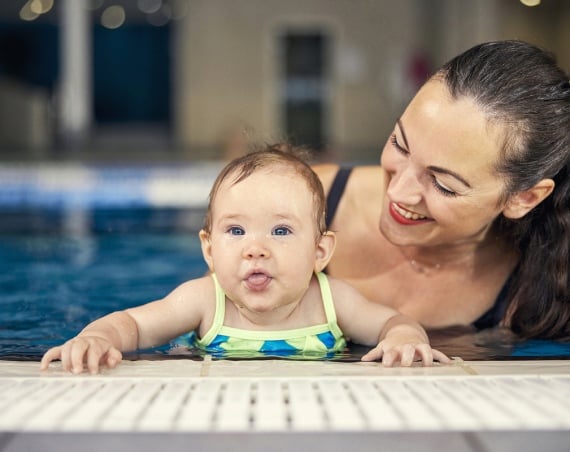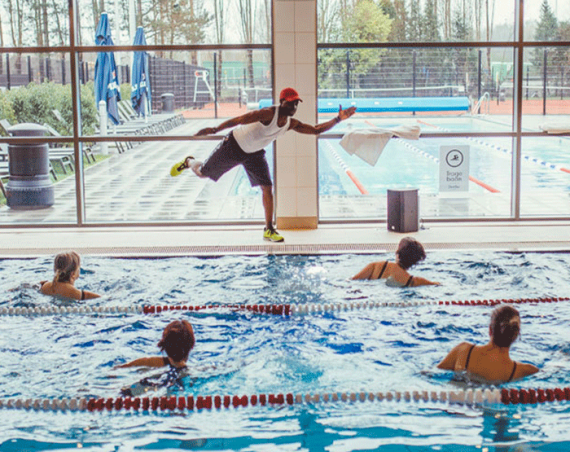Swimming is a great skill to have for so many different things – having fun by going to the beach or attending a pool party in the summer months to name a couple. It also makes the perfect low impact workout for maintaining heart health by improving cardio and endurance. And there are some science-backed mental health benefits of swimming, too. Even if you’re just starting out, don’t worry — we’re all beginners at some point and it’s never too late to learn.
All you need is a little practice and you’ll be turning your doggy paddle into a flawless front crawl in no time. The first step? Throw on your favourite bathing suit and hit the pool!
To help you along the way, we caught up with triathlete and Ironman World Championships 2019 finisher Rachel Rutherford about how to improve your swimming technique as a beginner.
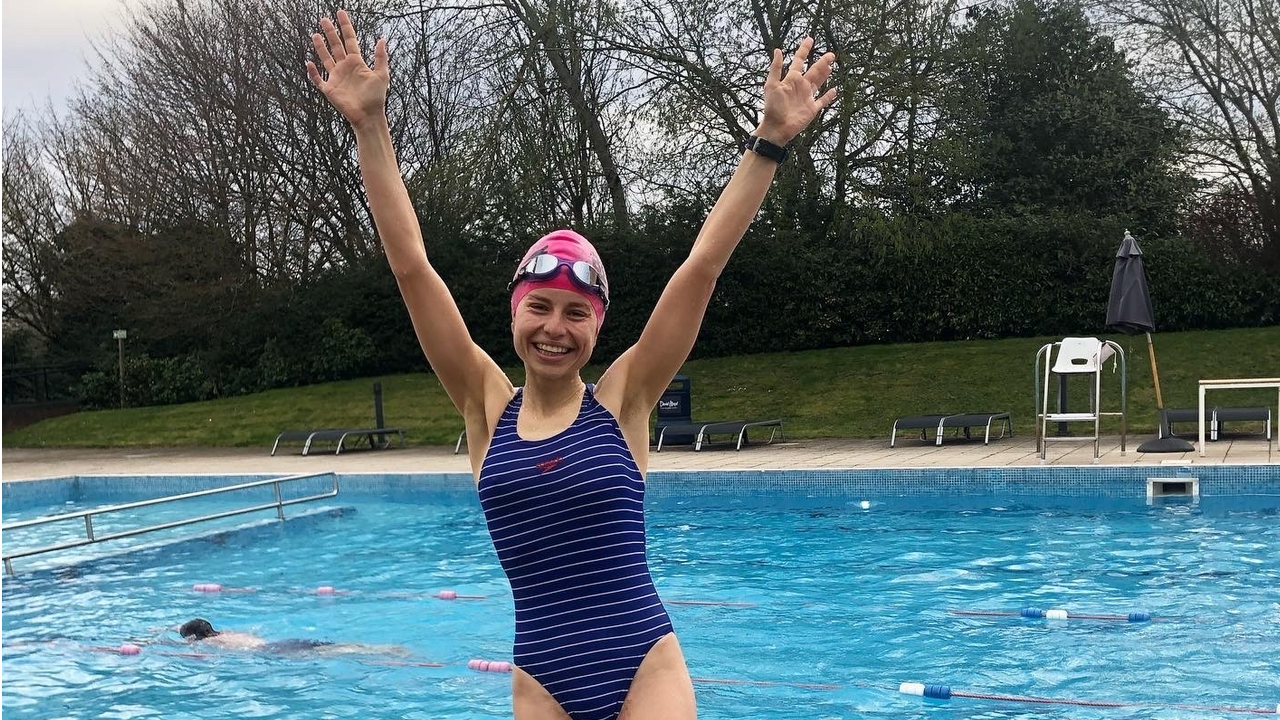
Where should a beginner start and what skills are important to master?
To start with, I would recommend getting comfortable with being in the water! If learning front crawl, getting a pull buoy to go between your legs is a great way to build confidence in your stroke while keeping your legs afloat.
If you are serious about getting into swimming, I would consider having a few swimming lessons There are lots of adult learn to swim clubs out there now. Alternatively, YouTube is full of great resources. In general, the main skills you’ll want to start with include:
- Feeling confident in the water and putting your head underneath.
- Keeping your breath long, slow, and controlled and learning the timing of when to breath in and out based on the stroke you’re using.
- Understanding how your body naturally floats and moves forward in the water. Skulling is a great skill to teach yourself this, and don’t be afraid to use training aids.
- Wall turns. Practice reaching for the wall with your hands, turning your body around, then pushing off with your feet in one smooth, continuous motion.
How do you prepare for a swim?
Pre-swim snacks can depend on your schedule and preferences. I tend to stick to eating something light before swimming as I swim in the mornings before work. Eating something smaller will also help you feel lighter in the water. Either way, don’t worry — you can still swim after eating!
When it comes to warming up, I start my swims with a few very easy lengths to get the blood flowing through the body. Doing a few dynamic on-land stretches is another great way to get your muscles ready to hit the water.
How do you breathe when swimming laps?
While swimming underwater, it’s common for people to get nervous that they won’t be able to breathe properly and end up taking lots of short gasps for breath. To avoid this, focus on keeping each breath long and slow, with the out breath being underwater if you are swimming front crawl.
How you do build stamina and increase speed?
Practice, practice, practice! To build stamina in the pool you simply have to swim more. Plan a workout yourself or search the internet for suggestions like these 30-minute swimming workouts for beginners.
Speed in swimming comes hand in hand with technique so speed gains will naturally come around as your fitness develops. If your goal is to increase your speed in the water, focus on:
- Improving your technique. Easy efficiency gains can be made by simply swimming more effectively.
- Interval training: Mix up your swim sessions. Not only will this keep them more fun, but it will also increase your heart rate, improving your fitness and in turn your speed.
While gym work can help you make strength gains that will benefit you in the water, there is no replacement for getting in the water and swimming. That being said, the best dry land supplement to your swimming is general strength training. If you do regular resistance training, you are already on your way.
What swimming equipment do you use?
My swim cap, kick board and my pull buoy. These really help me to dial into different parts of the technique. The swim cap stops my hair getting tangled in my goggles and keeps the goggles properly in place. I also have a pair of swimming headphones that are great for motivation!
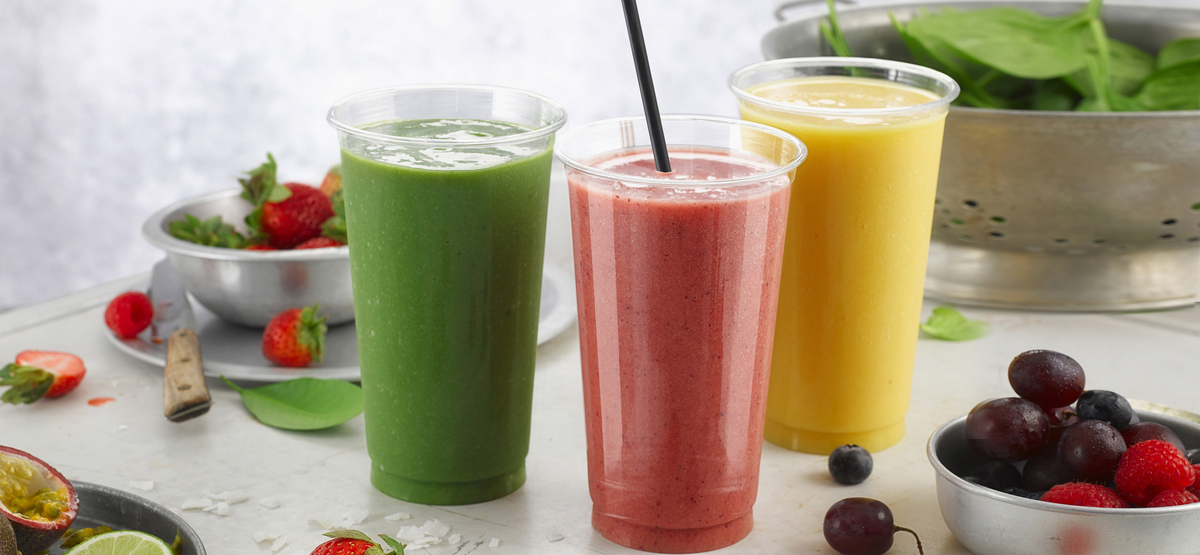
How should I cool down after a swim?
I finish my swim with a few easy lengths to slowly bring my heart rate back down. If you have time, popping in the sauna or steam room is great for relaxing the muscles and giving your mind a bit of recovery and something to look forward to after the swim.
What advice would you give someone just starting out?
Set yourself reasonable goals. This could be something as simple as recording the time it takes to swim 50m at the beginning of your journey and then doing the same after 4 weeks. Seeing your progression can do wonders for your motivation to keep going.
Remember: Don’t lose hope, swimming is one of the hardest sports to learn, and just by starting you are already smashing it!
Are you ready to start working on your swimming skills? All of our clubs have pools, visit the website to find the nearest swimming pool to you.
Find a club